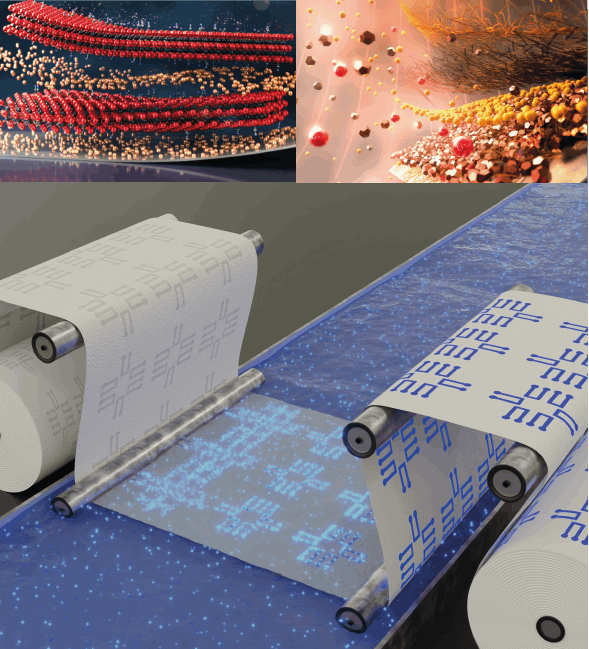The course consists of lectures with connected literature assignments and seminars.
Introduction and definition of the next generation electrooptical devices, their difference with CMOS, and their potential in solving problems for a sustainable society and for fundamental science.
Fundamentals of electro/optical macromolecules and nanomaterials:
- Classification of materials and fundamental physical properties
- Electroactive polymers.
- Carbon nanotubes, and other 1D nanomaterials.
- Graphenes, Mxenes and other 2D materials.
Introduction to device fabrication with classification of different techniques and their possibility to achieve structural units at different length scales, necessary for devices.In depth description of different Bottom up and top down techniques:
- Bottom up: Photo Lithography and Soft lithography.
- Bottom-up: Additive manufacturing and 3D printing.
- Top-down: Self-assembly including LbL, biopolymer assembly.
In depth description and examples of different devices:
- Nanostructured energy storage devices, including batteries.
- Chemical Sensors, and biosensors.
- Actuators, and advanced nanocomposites.
- Thin films electronics including flexible electronics, wearable electronics, and Printed electronics.
